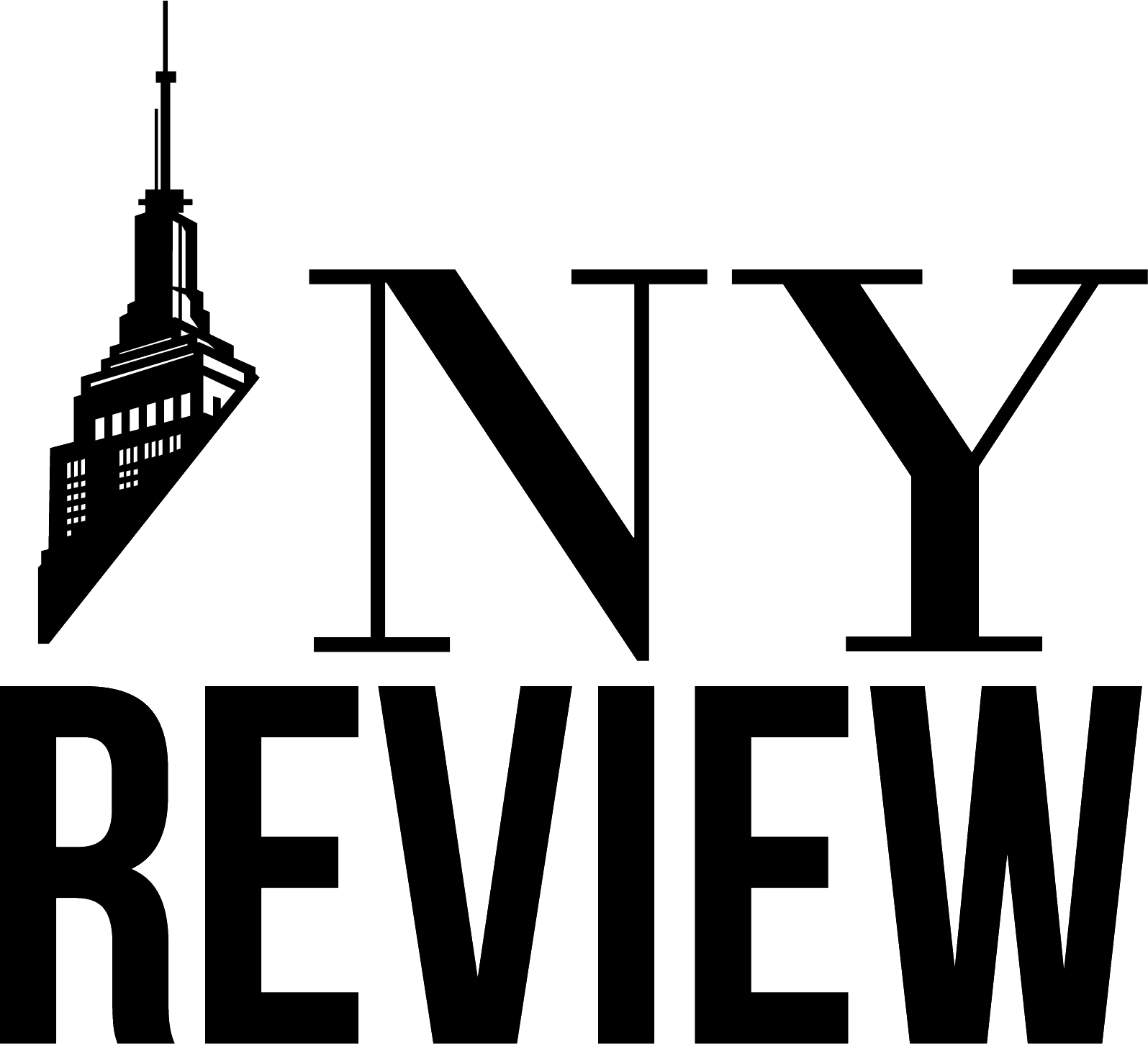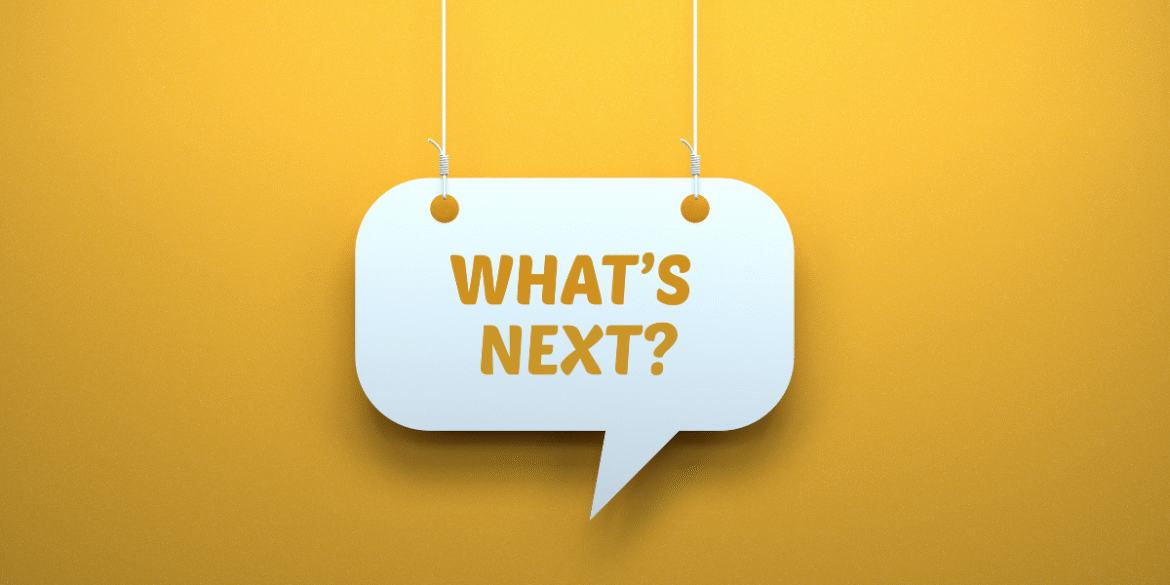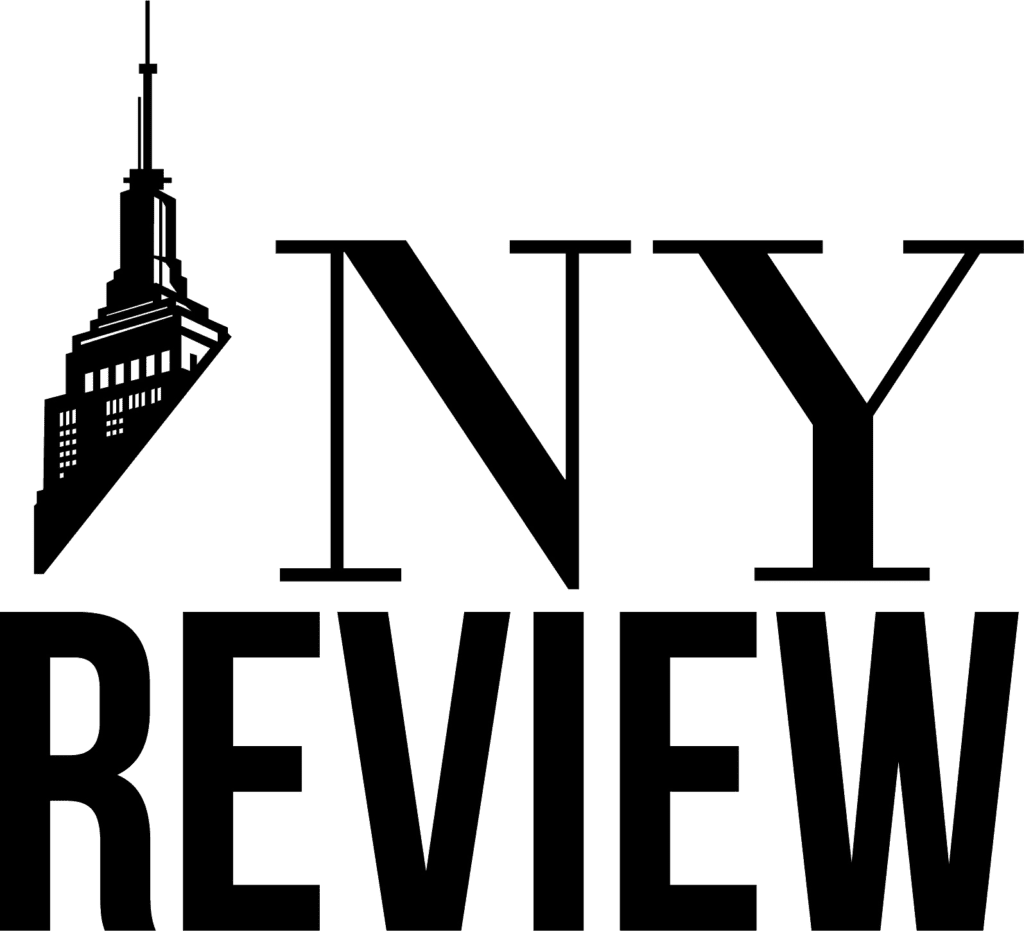The COVID-19 pandemic transformed nearly every facet of life, but perhaps nowhere was the impact felt more acutely than in education. As the nation’s largest public school system, New York City’s schools faced unparalleled challenges as they navigated the shift to remote learning, dealt with significant learning loss, and adapted to health protocols. Yet, the crisis also sparked innovation and a renewed focus on inclusivity, equity, and student well-being.
As we look ahead to 2025 and beyond, the future of New York City’s public schools is one of resilience, adaptability, and a commitment to ensuring every student has the tools they need to succeed. What does the road to recovery and growth look like? Here’s a closer look at the initiatives shaping the future of education in the city.
Rebuilding and Innovating: A New Era for NYC Schools
The pandemic forced the education system to reconsider the traditional methods of teaching and learning. While the initial response was centered around health and safety, the ongoing recovery process has introduced opportunities for transformation.
- Technology Integration
One of the most lasting changes from the pandemic is the integration of technology into the classroom. From online learning platforms to digital tools that promote student engagement, schools are now well-positioned to leverage technology for better educational outcomes.
New York City has invested in enhancing the technological infrastructure within its schools. This includes providing students with devices and expanding internet access, especially in underserved neighborhoods. The Department of Education (DOE) has also introduced digital literacy programs to ensure students are not only consuming technology but also learning to use it creatively and critically.
A particularly exciting initiative is the expansion of hybrid learning environments, which combine in-person and online education. This flexible model offers students personalized learning experiences, enabling them to learn at their own pace and access additional resources outside of regular classroom hours. - Curriculum Redesign: Fostering Innovation and Inclusivity
The pandemic revealed deep disparities in the educational system, particularly in the areas of race, class, and access to resources. As part of the recovery, there has been a strong emphasis on reimagining the curriculum to address these inequities and make education more inclusive.
The city has rolled out initiatives like culturally responsive education, which aims to reflect students’ diverse backgrounds and experiences in the curriculum. Additionally, a focus on career readiness and STEM (science, technology, engineering, and math) education is central to preparing students for a future shaped by technological advancement.
Specialized programs targeting underserved communities are also on the rise, from afterschool programs offering academic enrichment to summer learning camps designed to combat learning loss during the break. - Mental Health Support: Prioritizing Student Well-Being
Perhaps one of the most significant changes in the post-pandemic landscape is the growing recognition of mental health’s critical role in academic success. The emotional toll of the pandemic on students, educators, and families was profound. As such, providing mental health resources in schools is now seen as an essential part of the educational experience.
The city’s public schools have introduced various mental health programs, including expanded access to school counselors, peer support networks, and wellness programs designed to help students manage stress and build resilience. These initiatives aim not just to address immediate challenges but to create a long-term culture of well-being within schools.
Social-emotional learning (SEL) programs are being integrated into the curriculum to help students develop skills for managing their emotions, building healthy relationships, and making responsible decisions. This holistic approach to education helps ensure students are emotionally prepared to face the challenges of life—both in and out of the classroom.
Addressing Long-Term Challenges: Equity and Access
While the city has made significant strides in rebuilding, several challenges remain, particularly in ensuring equal access to quality education for all students.
- Addressing Learning Loss
Learning loss during the pandemic disproportionately affected students from low-income backgrounds, students with disabilities, and English language learners. While interventions like tutoring programs, summer school, and personalized learning plans have been implemented, closing the achievement gap remains an ongoing priority.
The DOE has launched targeted programs aimed at addressing these disparities. For example, programs for students with disabilities have been revamped to ensure that these students receive the support they need. Additionally, bilingual education and English as a second language (ESL) programs have received funding increases to better serve immigrant populations. - Teacher Training and Support
Teachers were on the front lines of the pandemic’s educational challenges, and their work continues to be critical as the city navigates post-pandemic education. The city has invested in professional development to help educators integrate new technologies, address trauma in students, and provide culturally relevant instruction.
Moreover, teacher retention has become a significant focus. The city is working to create a more supportive environment for educators, including better pay, benefits, and opportunities for career advancement. In a city as vast and diverse as New York, having a skilled, supported, and motivated teaching force is essential to achieving long-term educational goals.
A Future Focused on Inclusivity, Innovation, and Community
Looking ahead, New York’s public schools are set on a path to not just recover from the pandemic but to rebuild in a way that offers more opportunities for all students. The emphasis on technology, inclusivity, and mental health support is key to shaping a future where every student has access to a high-quality education.
What’s Next for NYC Schools?
- Collaborative Education Models: Community partnerships between schools, nonprofits, and local organizations are on the rise. These partnerships aim to provide holistic support to students, from tutoring to family engagement, and ensure that education extends beyond the classroom.
- Sustainability and Green Schools: There is growing momentum toward creating environmentally sustainable schools, both in terms of building practices and curriculum. The city’s Green Schools initiative is helping schools reduce their carbon footprint while also teaching students about environmental responsibility.
- Increased Focus on Postsecondary Success: With the growing importance of college and career readiness, more schools are creating pathways for students to access higher education and vocational training. Early college programs and partnerships with local universities aim to provide students with the skills and experiences necessary for success after graduation.
Conclusion
The future of New York City’s public schools is being built on a foundation of innovation, inclusivity, and support for student well-being. The lessons learned from the pandemic have sparked a reevaluation of what education should look like in the 21st century. As the city’s schools continue to rebuild, the focus will be on ensuring that every student, regardless of their background or circumstances, has the opportunity to thrive.
By addressing learning gaps, prioritizing mental health, embracing technology, and fostering a more inclusive environment, New York City is setting the stage for a brighter and more equitable future for all its students. The next generation of learners is poised to benefit from a system that is not only stronger but more adaptable and responsive to the evolving needs of a diverse student body.


